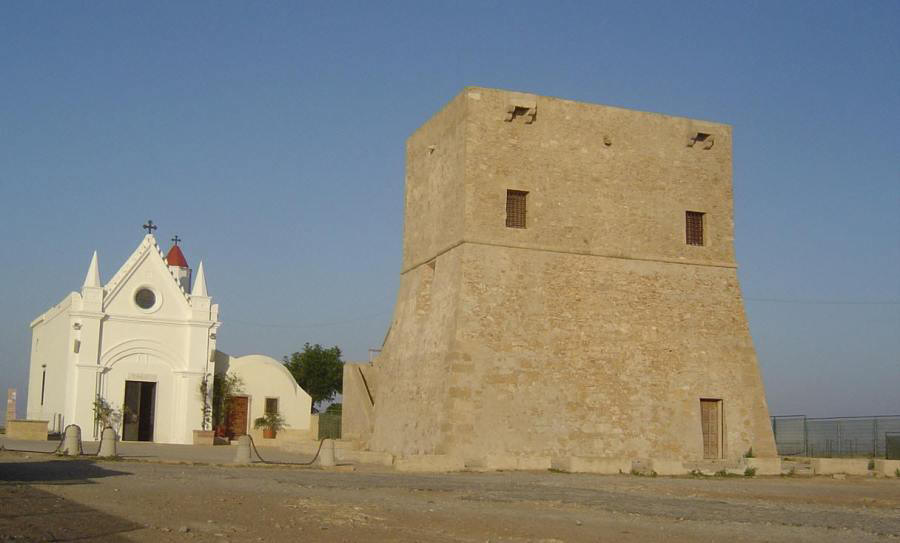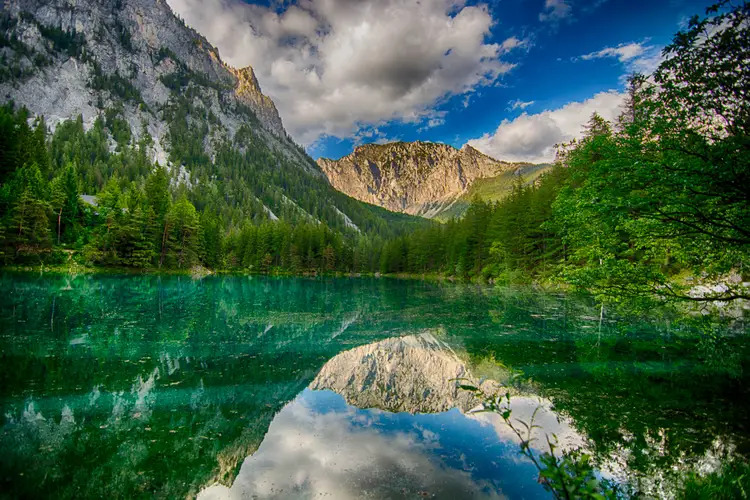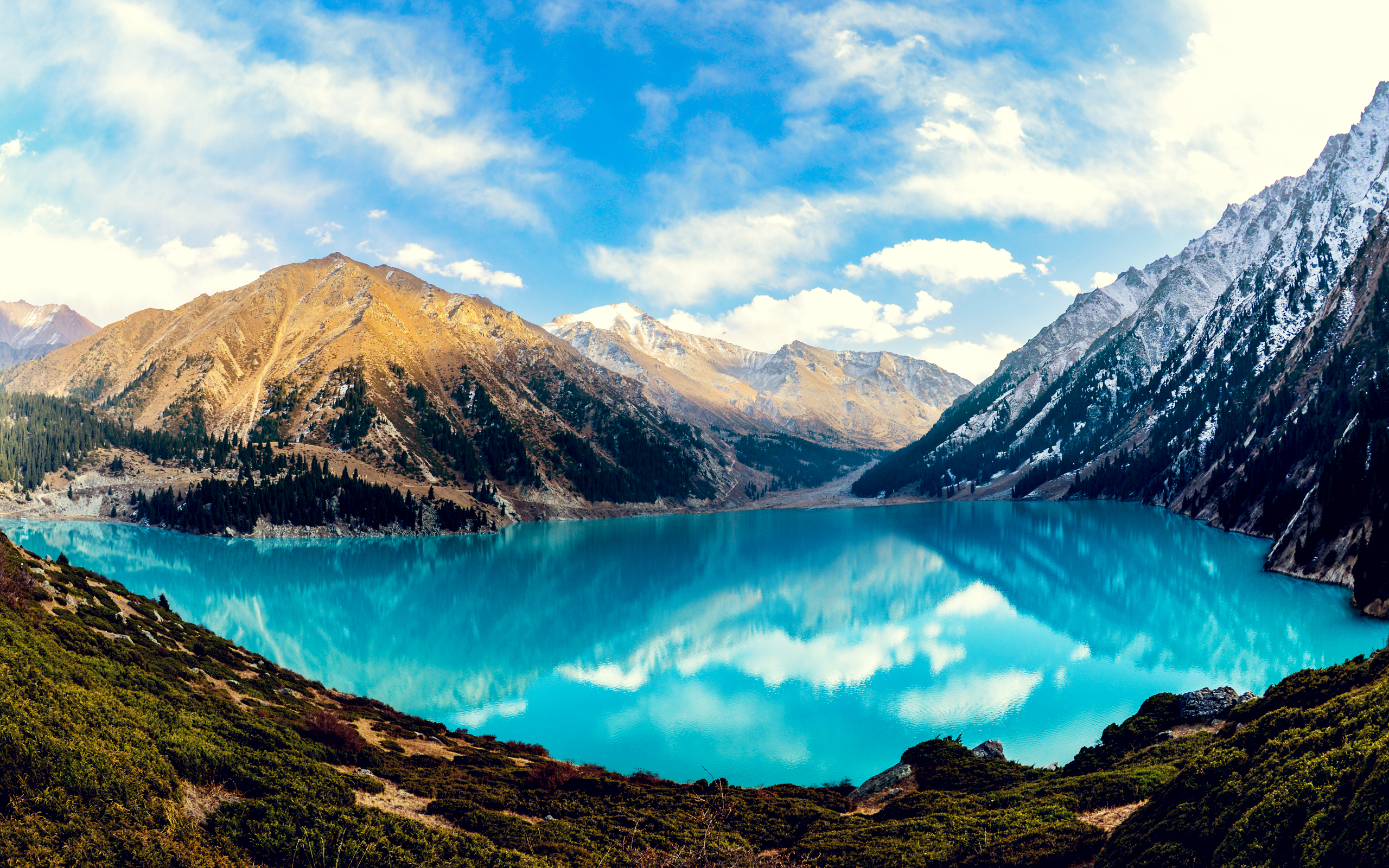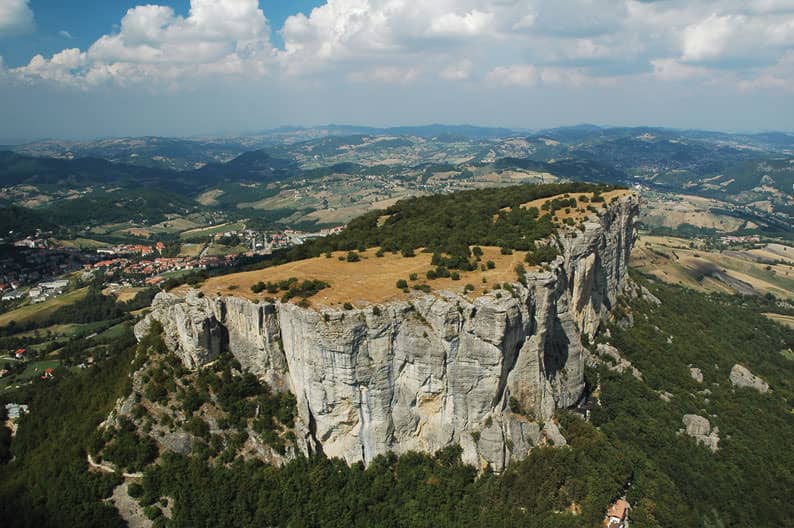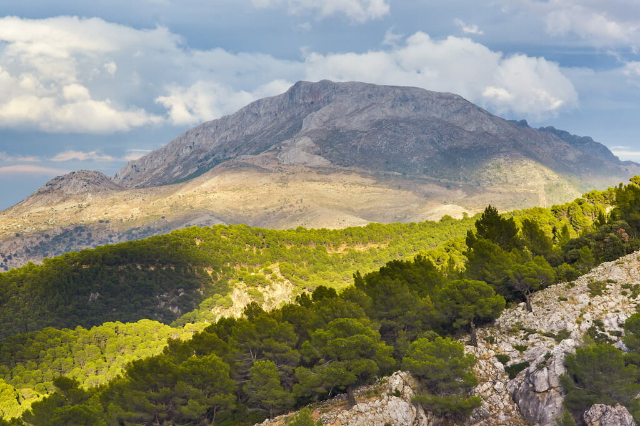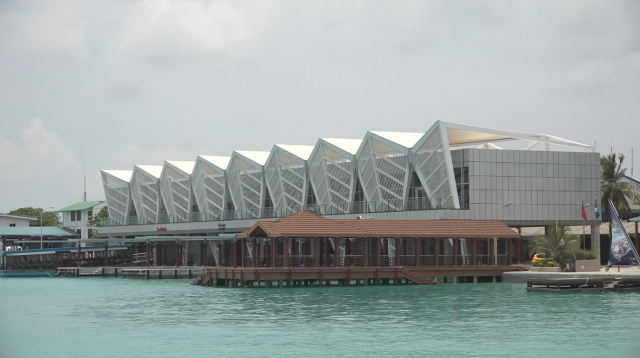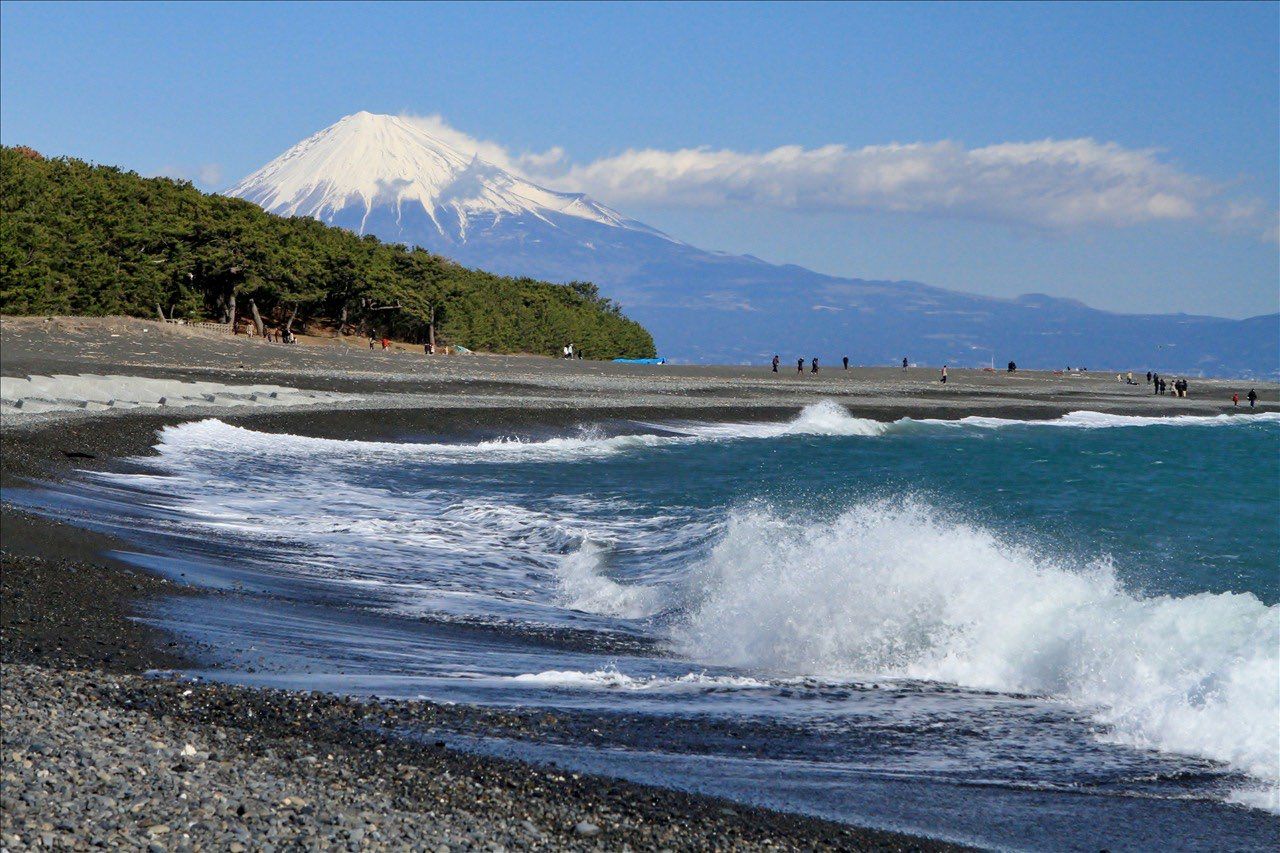The Cape was known in antiquity as Cape Lacinius, the same goddess took the name of Lacinia. In modern times was called Cape Nao, from naos = temple. Today is called Capo Colonna, from what remains of the ancient sacred building. The image of the isolated column, which stands out on the blue sea that blends with the sky, the only supertiste of a mighty building, evoking a glorious past, aroused, and still arouses, in the visitor unrepeatable emotions …
The Archaeological Park of Crotone is located right on the promontory of Capo Colonna. The area includes 30 hectares of land used for excavations and 20 hectares of forest and Mediterranean scrub. At Capo Colonna stood one of the most important sacred areas of the entire Mediterranean basin: the sanctuary dedicated to Hera Lacinia, wife and sister of Zeus, protector of pastures, women, female fertility, family and marriage.
The finds discovered in the excavation area are kept, in part, in the National Archaeological Museum of Crotone. In particular, there are archaic finds and the precious Treasure of Hera Lacinia. Of the famous sanctuary are exposed votive objects, fragments of architectural decorations in marble and terracotta, and fragments of sculptures, all dating back to the Archaic period; the inscribed stone that commemorates the membership of the sanctuary to Hera Eleytheria; the sculptural group of the Roman age of Eros and Psyche found in the sea at Capo Colonna.
In the new museum of Capo Colonna, located at the entrance of the Archaeological Park, are exhibited artifacts found in the area.
